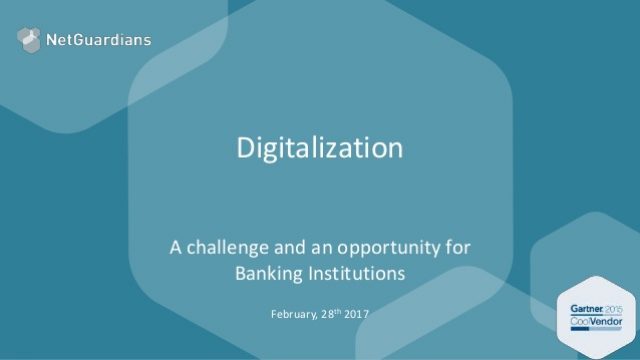Rizwan M Mir |
With the current market push towards a digital economy, every enterprise is exploring ways to move with the change. Like private enterprises, nations are also joining the race of eGovernment, eFinance, and eLearning. In such a backdrop, not having a path to full digitization can be viewed as a lack of innovation from executive leadership.
The path to digital transformation is littered with pitfalls and loss of associated investments. A significant number of these initiatives either fail altogether or deliver partial results. To understand the transformation, one must break down Digitization into three dimensions;
– Processes must be standardized so that they are programmable with known inputs, outputs, and inter-department interfaces. Quite often, we may find that standard processes don’t exist or the documented ones are out of date and not followed. Furthermore, the processes may not be optimized and cannot be implemented without change.
Read more: Pakistan Banking Sector witnesses growth on Digital front and Agriculture
Due diligence, during this process gap analysis across the organization, is a daunting task, especially when it is given out as a part-time task. This is one of the most time consuming and often laborious works that are under budgeted both in time and cost.
– People must be ready to identify and shift from existing to new processes. It is the key internal stakeholder of an organization that must identify the existing processes and works with the external digital change agent to standardize them. When standard processes must be created or optimized, there is then a need to seek alignment with the organizational stakeholders that may not be initially involved. Furthermore, adoption of the newly designed processes is not a simple task during the implementation phase, since companies cannot afford to drop the ball mid operations.
Quite often, the existing stakeholders feel that their livelihoods are threatened by the upcoming transformation and start resisting the change passively. This can be a problem, especially in large public enterprises or e-Government initiatives.
– Technology is the centerpiece of digital transformation. To be effective, it must be constrained and matched to the requirements of the processes and people. For instance, the technology solution must be customizable for the process variances that can happen across departments or organizations. Beyond some common standard business processes, each organization has some unique flavors and ways of doing business. One cannot expect new software to be written to accommodate these variances for each enterprise; hence some level of tweaking must be supported by the technology. Also, regulation and law changes must be incorporated at a fast pace as operations cannot be held hostage to a technology cycle upgrade.
Read more: Pakistan getting ready to ride the ‘Digital wave’
The people aspect also plays into technology in a big way. The new culture of convenient UI/UX asks for user interfaces to be defined intuitively and logically; not based on some arcane database structure that the developer finds easy to code. Ease of use is partly the reason we see a movement from large complex ERP systems to the SaaS-based offering which is tuned to simplify interaction for a few modules (say HR or procurement only).
Whether it is a private enterprise or a Government organization, Digitization failure is less about technology and more about people and processes. It is, therefore, more important for the digital partner, to have the right professional services experience as opposed to a shiny new technology. This picture becomes a little more complicated if you zoom out to see that an enterprise is supported by an ecosystem of suppliers, partners, and customers. The digital transformation must be implemented in lock step with the readiness and capabilities of the wider ecosystem.
Read more: Paving roads for 5G internet in Pakistan’s digital landscape
The best way to approach digitization is therefore incremental, based on seeking low hanging fruit and starting with small pilots. This approach poses some challenges for executive management;
– To convince an eager board that lack of full digitization and the slow pace of adoption is for good reason. Also, to convey a realistic picture of the ROI and failure risks. In a nutshell, aligning expectations that the digital transformation of a legacy organization is a complicated and high-risk project.
– To drive employee and stakeholder alignment with the new transformation top down and bottoms up. The need to assign resources and time to this effort and be open to dynamically adapt and accept less digitization as opposed to breaking working processes. No digital transformation can execute if the people and stakeholders are not fully on board and ready for a bumpy ride.
– Ensure alignment of partners, customers, and suppliers with the new transformation in the planning phase and accept the possibility that some areas cannot be digitized in the near future due to constraints of the ecosystem.
Digitization is the trend of the future and is here to stay. Implementing it end to end across the organization is more of a slow and phased transformation than a radical change. In a way, Digital transformation projects can be seen as a test of the experience, insights, and judgment of the executive leadership.
Rizwan M Mir is the CEO of Universal Service Fund. The views expressed in this article are author’s own and do not necessarily reflect the editorial policy of Global Village Space.














